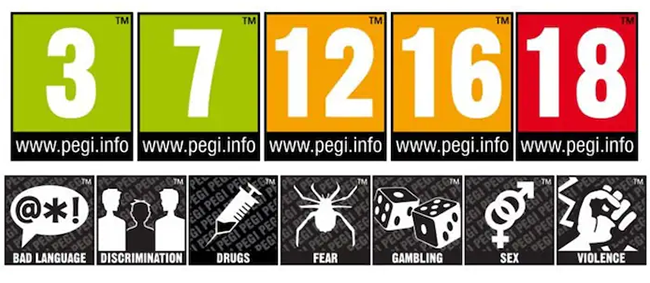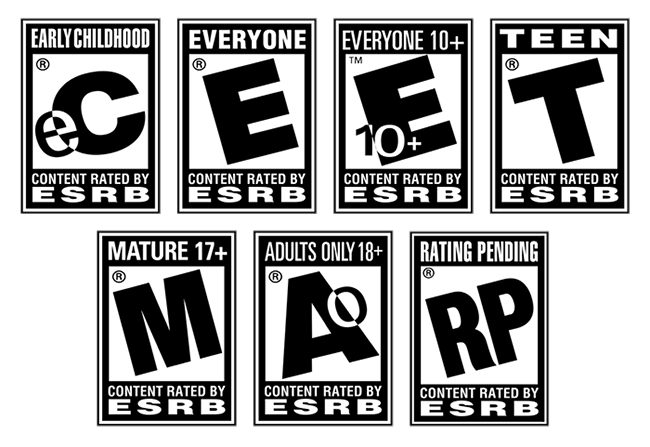3 minutes
Understanding Game Age Ratings: Protecting Children from Inappropriate Content
Many parents are concerned about the types of games their children play. They worry that some games may not be suitable for their child’s age. However, what they often don’t realize is that every game actually comes with an age rating determined by the developer and publisher. These ratings are designed to guide parents in deciding whether a game is appropriate for their children.
Every game developer and publisher has a target market in mind, and they pay close attention to this when setting an age rating. The rating is based on the game’s content—such as violence, strong language, or sexual themes. For example, a game that contains intense violence will be given a higher age rating than one that is more family-friendly. Parents should understand that these ratings are not just suggestions, but important guidelines to help them choose the right games for their children.
International Age Rating Coalition (IARC)
The International Age Rating Coalition (IARC) is an organization that coordinates various age-rating systems worldwide. IARC brings together systems used in regions such as the United States, Europe, and Australia. Its goal is to provide consistent and standardized guidance for parents and players when choosing age-appropriate games.
One widely used system is the Pan European Game Information (PEGI). PEGI is applied in most European countries and assigns ratings based on game content such as violence, coarse language, or sexual material. PEGI ratings cover age categories ranging from 3 years (PEGI 3) to 18 years (PEGI 18), with explanations for the assigned rating.

Another well-known system is the Entertainment Software Rating Board (ESRB), used in North America. The ESRB provides ratings similar to PEGI, with categories such as Everyone (E), Teen (T), and Mature (M). ESRB also includes content descriptors to highlight areas of concern.

Indonesia Game Rating System (IGRS)
In addition to international systems, Indonesia has its own rating framework called the Indonesia Game Rating System (IGRS). IGRS was introduced to give parents and players in Indonesia guidance about game content and age suitability.

At present, IGRS mainly covers locally developed games. This means that popular international titles created by foreign developers may not carry IGRS ratings. For example, popular games such as Fortnite, Call of Duty, or FIFA may not have an IGRS rating to help parents decide on suitability for their children.
This limitation highlights the need to expand IGRS coverage to include international titles widely played in Indonesia. Doing so would allow parents to access more comprehensive information about game content and appropriate age levels.
Nevertheless, IGRS remains a positive step in raising awareness of age ratings in Indonesia and providing useful guidance for local games. Parents can certainly benefit from IGRS when considering Indonesian titles. However, it is recommended that they also consult established international systems like PEGI or ESRB for a more complete perspective when selecting games for their children.
Conclusion
In today’s digital world, understanding game age ratings is key to protecting children from inappropriate content. Parents should recognize that every game comes with a rating provided by its developer or publisher, and that this serves as an important guideline in choosing suitable titles. By relying on international rating systems such as PEGI and ESRB, alongside Indonesia’s IGRS, parents can act as wise guides—ensuring their children enjoy games safely and in ways appropriate for their age.
553 Words
2023-07-06 19:28